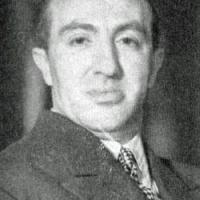
How to Learn an Opening in One Hour
[Ed: This article was actually written by GM Serper]
Pretty frequently my students complain about how difficult it is to learn new openings. Indeed, modern opening theory is more complicated than ever. You can spend weeks, even months of your life studying some ultra fashionable variation of the Gruenfeld Defense or the Najdorf Sicilian. Some people even suggest to abandon our beloved game and completely switch to Fischer Random chess, which essentially eliminates opening theory.
I think the situation isn't that bad yet. Today I want to share a simple and yet a very useful trick, which will allow you to learn practically any new opening in one hour or less. You don't need opening books, chess playing engines or the latest games played in the opening. All you need is a desire to learn new stuff. So, are you ready? Then get a very good game played in the variation in question by a very good chess player with very good annotations. Oh yeah, one more thing. The game should be preferably old (just like a very expensive wine - 40-50 years or older) and the variation played in the game should be currently out of fashion. As everyone knows, diamonds are forever. Well, chess diamonds (that is, true classical games) are immortal too. And by playing an out of fashion variation you sidestep a possible novelty played in a tournament that finished last month. So, you carefully study the game, analyze all the variations given in the annotations, understand the main ideas of the variation and... Ta-Da! you can play the new variation you have just learned. No books, no memorization! I sense that you are a bit skeptical. Well, lets try together to learn a new opening. And to make things more challenging, we are going to learn one of the most complicated openings on Earth - The Najdorf Sicilian!
We've covered some longer variations in the Najdorf from recent games in past columns. Compare how prepared you were to play the Najdorf after reading those columns to how you feel after studying the one game we are presentin today very carefully.
So let's look at the starting position after 1. e4 c5 2. Nf3 d6 3. d4 cxd4 4. Nxd4 Nf6 5. Nc3 a6 6. Bg5 e6




